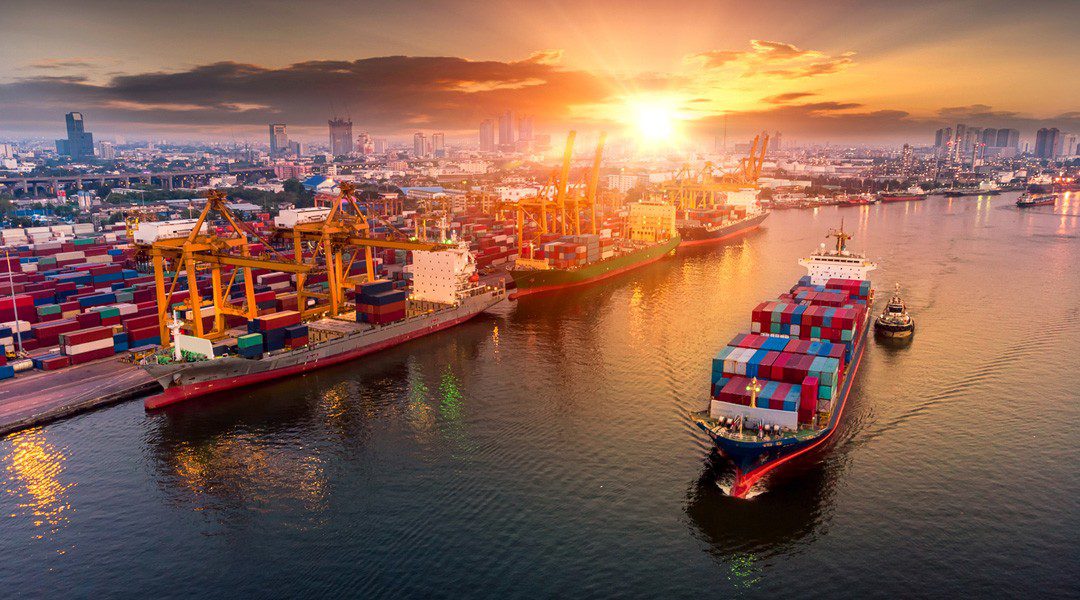Despite the rapid advancement of port infrastructure and digitalization, mooring has largely remained unchanged for decades. Operations still rely on a combination of manual labor and time consuming procedures that use heavy mooring lines. However, emerging technologies offer a path to a safer, efficient, and more sustainable future that can help ports improve safety and competitiveness.
The case for change
The global supply chain is evolving, with larger vessels calling at ports with greater frequency. The ability to berth and release vessels quickly and safely is no longer just a matter of convenience; it is essential to maintaining fluid and resilient port operations. Delays in mooring can cause congestion, disrupt schedules, and contribute to unnecessary fuel consumption and emissions.
Recent research from University College London (UCL) and University Maritime Advisory Services (UMAS), released in 2024, suggests that optimizing port arrivals and reducing waiting times could cut voyage emissions by up to 25% for certain vessel types. As the International Maritime Organization (IMO) pushes for a 40% reduction in carbon intensity by 2030 and net-zero emissions by 2050, ports must identify and address inefficiencies that contribute to their environmental footprint.
At the same time, safety remains a critical concern. Mooring-related incidents account for a disproportionate number of injuries and fatalities in port environments. Data from the UK P&I Club – a marine mutual liability insurer in the United Kingdom providing P&I insurance for the global shipping industry – reveals that over a 20-year period, 53% of mooring incidents involved parted ropes, 42% were caused by ropes slipping off drum ends, and 5% stemmed from equipment failure. These incidents result in severe injuries and fatalities while ranking as some of the most expensive insurance claims in the maritime sector.
The role of technology in future-proofing ports
Across the industry, automation and digitalization are reshaping port operations. Advances in mooring technology now allow vessels to be secured more efficiently, reducing reliance on manual processes and minimizing human exposure to high-risk tasks. These innovations help to accelerate turnaround times, reduce emissions, and improve berth availability – key factors in increasing port throughput.

One example of innovation in this space is the AutoMoor solution, a vacuum-based automated mooring system designed to improve efficiency and safety at berth. Unlike traditional mooring methods that rely on ropes and manual labor, Trelleborg’s AutoMoor secures vessels using vacuum pads, significantly reducing mooring and release times while minimizing vessel movement caused by external forces.
By automating this process, ports can enhance berth utilization, improve worker safety, and reduce fuel consumption and emissions associated with prolonged vessel idle times. Demonstrating this, a comparative study revealed that AutoMoor showed an increase in berth operability for product transfer from 65% to 95%. Furthermore, analysis of data averaged over a two-year period showed that implementing AutoMoor could reduce mooring times dramatically, from 50 minutes to just three. Cutting idling time to this extent will have a significant impact on reducing harmful emissions as well as improving fuel efficiency overall.
Integrated into smart port systems, automated mooring technology also provides real-time data on mooring loads and vessel stability, allowing operators to optimize berth management and long-term operational strategies.
By stabilizing vessels at berth, new mooring solutions can also support broader port electrification efforts. As more ports accommodate all-electric ferries and battery-powered vessels, ensuring stable mooring during charging is crucial for optimizing battery performance and maintaining reliable schedules.
Seamless integration with smart port systems further enhances these benefits. Digital connectivity enables real-time monitoring of mooring loads, providing valuable operational data that can inform decision-making, enhance safety measures, and improve long-term efficiency.
Overcoming barriers to adoption
Despite the clear advantages, widespread adoption of mooring automation has been slower than in other areas of port digitalization. Cost considerations, the absence of standardized industry guidelines, and resistance to change have all played a role in maintaining the status quo.
However, forward-thinking ports are already demonstrating that incremental upgrades to mooring infrastructure can deliver significant improvements without requiring a complete overhaul of existing systems. For example, one iteration of the AutoMoor solutions features two mooring arms that can operate in sync, or independently, to provide flexible mooring of vessels with varying hull profiles. This enables ports to accept a greater range of vessel types.
As industry standards evolve and more case studies highlight the effectiveness of these solutions, barriers to adoption are expected to diminish. Ports that act now will be best positioned to meet future regulatory requirements, enhance their operational resilience, and attract shipping lines seeking to minimize environmental impact.
Enabling a new era of mooring efficiency
While mooring has historically been one of the most overlooked aspects of port operations, its impact on safety, efficiency, and sustainability is undeniable. New innovations are proving that mooring no longer has to be a bottleneck or a high-risk and high-emissions activity.
For port operators, the decision to modernize is not just about keeping pace with change – it is about securing a competitive advantage in an increasingly regulated and efficiency-driven industry. We need industry-wide guidance to reflect the options available now to port and terminal operators so that they can make significant strides in operational efficiency and overall performance.
Source: Richard Hepworth, Business Unit President of Trelleborg Marine and Infrastructure






